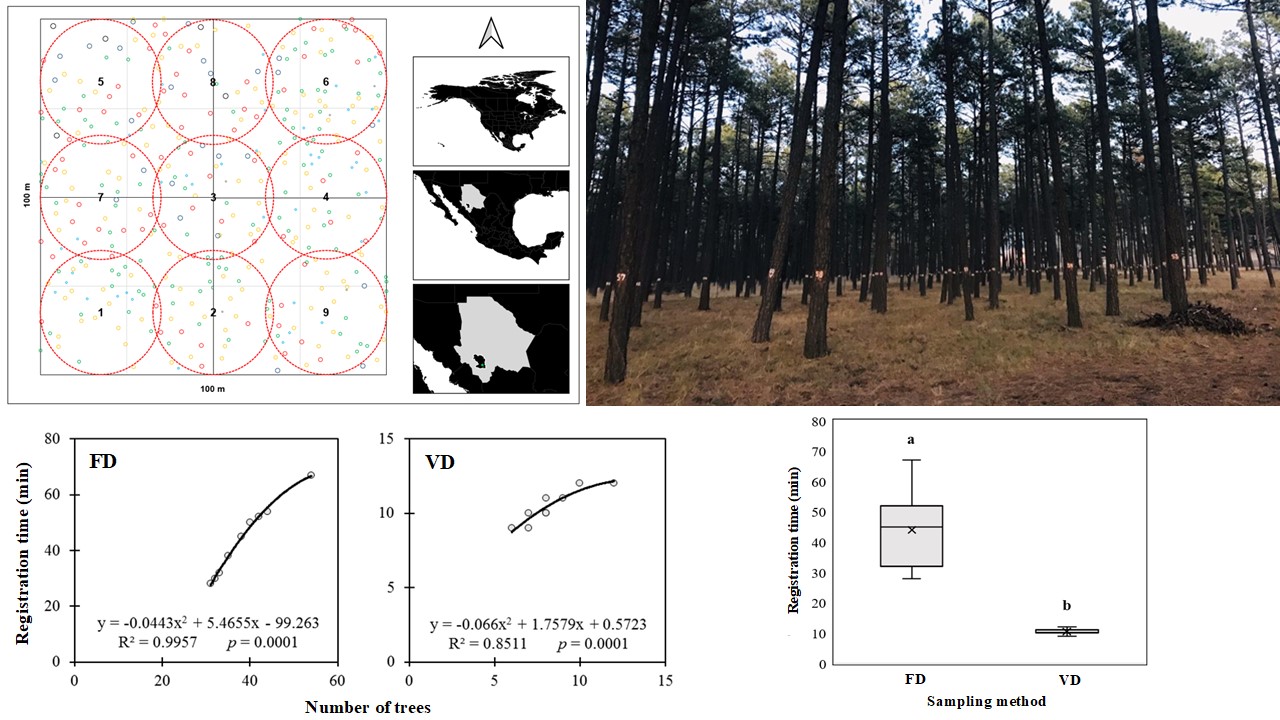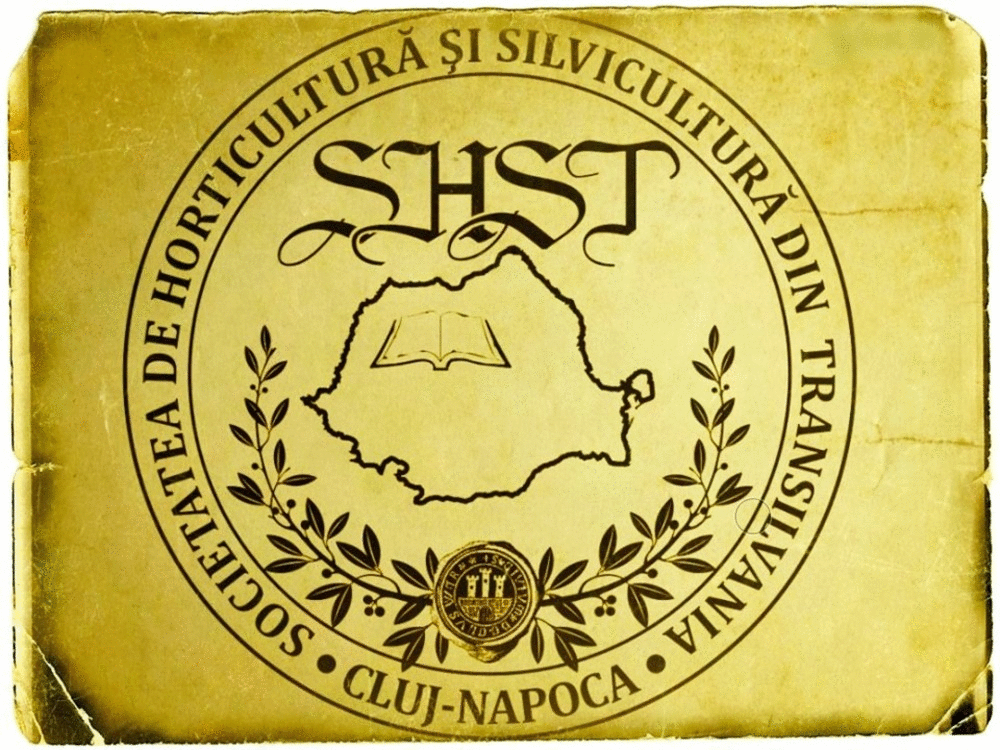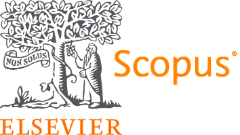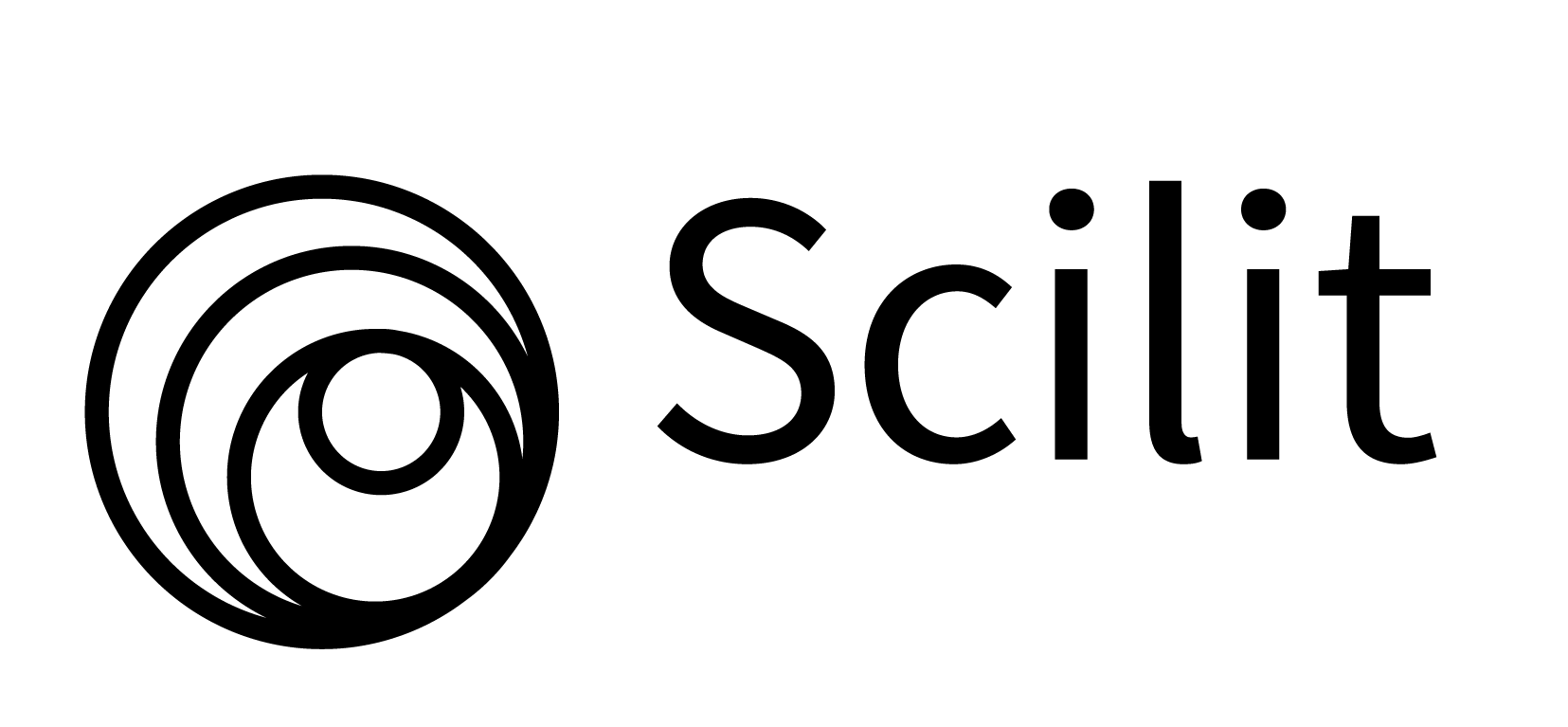Evaluation of two sampling methods for even-age Pinus forest in northern Mexico
DOI:
https://doi.org/10.55779/nsb15211564Keywords:
angular sampling, forest sampling, fixed area sampling, sampling costs, sampling times, variable area samplingAbstract
The objective was to evaluate and compare the precision of estimation of dasometric variables, survey times and costs of two sampling methods versus a census, applied to a natural even-age mass of Pinus arizonica Engelm. in the municipality of Guachochi, Chihuahua, Mexico. Nine fixed-dimension and nine variable-dimension sites were performed with Bitterlich's angular sampling at coincident sample points. Times from start to finish were taken by site and technicians from the State were surveyed to determine sampling costs. ANOVA tests were developed at a significance level of 0.05, comparing both methods with the census. The results indicate that, in both samplings, the number of trees per hectare does not present statistical differences with respect to the census. The basal area by both methods was not statistically different, however, fixed dimensions present an error greater than 5%. Finally, the volume per hectare estimated was similar to that of the census, according to the rates carried out, greater precision was found by the variable area method (error=0.03%). The execution time showed significant differences (p=0.0001), the fixed dimension site required a mean time of 44 minutes and the variable dimension one 10 minutes 26 seconds. The total costs are 679.90 and 654.33 Euro to sample nine fixed-dimension and nine variable-dimension sites respectively, showing significant differences (p=0.0008). It is concluded that both methods are statistically acceptable for the variables evaluated in the type of forest mass studied.
Metrics
References
Aguirre OA, Jiménez J (1995). Guía de densidad para Pinus teocote Schl. et Cham. en Nuevo León [Density guide for Pinus teocote Schl. et Cham. in Nuevo Leon]. Memoria del II Congreso mexicano sobre recursos forestales. Pp 22 Montecillo, Estado de México.
Aguirre OA, Jiménez J, Meráz B (1995). Optimización de inventarios para manejo forestal: Un caso de estudio en Durango, México [Inventory optimization for forest management: A case study in Durango, Mexico]. Investigación Agraria: Sistemas y Recursos Forestales 4(1):107-118. https://doi.org/10.5424/540
Aguirre O, Jiménez J, Treviño E, Meráz B (1997). Evaluación de diversos tamaños de sitio de muestreo en inventarios forestales [Evaluation of various sample site sizes in forest inventories]. Madera y Bosques 3(1):71-79. https://doi.org/10.21829/myb.1997.311380
Aguirre-Salado CA, Valdez-Lazalde JR, Ángeles-Pérez G, De Los Santos-Posadas HM, Haapanen R, Aguirre-Salado AI (2009). Mapeo de carbono arbóreo aéreo en bosques manejados de pino Patula en Hidalgo, México [Aerial tree carbon mapping in managed Patula pine forests in Hidalgo, Mexico]. Agrociencia 43:209-220.
Bettinger P, Boston K, Siry JP, Grebner DL (2009). Forest management and planning. New York: Academic Press, pp 360.
CONAFOR-Gobierno de Chihuahua-UMAFOR 0807 [CONAFOR-GCH-UMAFOR 0807] (2014). Sistéma Biométrico UMAFOR 0807, Guachochi, Chihuahua [Biometric System UMAFOR 0807, Guachochi, Chihuahua]. Chihuahua, México: Comisión Nacional Forestal, pp 54.
Corvalán P (2019). Tamaño óptimo de parcelas de muestreo distribuidas sistemáticamente [Optimum size of systematically distributed sample plots]. Universidad de Chile, pp 8.
Finger CG (1992). Fundamentos de biometría forestal [Fundamentals of forest biometrics]. Rio Grande do Sul, BR: Universidad Federal de Santa María, pp 269.
Instituto Nacional de Estadística y Geografía [INEGI]. (2008). Conjunto de datos vectoriales escala 1: 1000000. Unidades climáticas [Vector data set scale 1: 1000000. Climate units]. http://www.beta.inegi.org.mx/temas/mapas/climatologia/
Instituto Nacional de Estadística y Geografía [INEGI]. (2014). Conjunto de datos vectorial edafológico escala 1: 250000 Serie II (Continuo Nacional) [Edaphological vector data set scale 1: 250000 Series II (National Continuum)]. http://www.inegi.org.mx/geo/contenidos/recnat/edafologia/vectorial_serieii.aspx
Kramer H, Akça A (1987). Leitfaden für Dendrometrie und Bestandesinventur. JD Sauerländer's. Verlag.
Köhl M, Magnussen SS, Marcheti M (2006). Sampling methods, remote sensing and GIS multi resource forest inventory. New York. Pp 373, Springer-Verlag Berlin Heidelberg.
Lara ME, Espinosa JM (1994). Sitios de dimensiones variables contra sitios de dimensiones fijas [Variable-size sites vs fixed-size sites]. Revista Ciencia Forestal en México 19(75):105-123.
Machado G, León MA (2005). Selección del tamaño de parcela de muestreo para el inventario de los bosques Pluvisilvas de Guantánamo [Selection of the sample plot size for the inventory of the Guantanamo rainforests]. Ciencia en su PC 3:1-11.
Manzanero M, Pinelo G (2004). Plan silvicultural en unidades de manejo foresta Reserva de la Biosfera Maya, Petén, Guatemala [Silvicultural plan in forest management units Maya Biosphere Reserve, Petén, Guatemala]. San Francisco de Dos Ríos, Costa Rica: Fondo Mundial para la Naturaleza y PROARCA, pp 49.
Martín-García S, Diéguez-Aranda U, Álvarez-González JG, Pérez-Cruzado C, Buján S, González-Ferreiro E (2017). Estimación de las existencias maderables de Pinus radiata a escala provincial utilizando datos LiDAR de baja resolución [Estimation of Pinus radiata timber stocks at the provincial scale using low-resolution LiDAR data]. Bosque 38(1):17-28. http://dx.doi.org/10.4067/S0717-92002017000100003
Moscovich FA, Brena DA (2006). Comprobación de cinco métodos de muestreo forestal en un bosque nativo de Araucaria angustifolia Bert. O. Ktze [Verification of five forest sampling methods in a native forest of Araucaria angustifolia Bert. O. Ktze]. Revista de Ciencias Forestales 13(1):7-16.
Organización de las Naciones Unidad para la Alimentación y la Agricultura (FAO) (2007). Situación de los bosques del mundo [State of the world's forests]. Rome: FAO, pp 144.
Organización de las Naciones Unidad para la Alimentación y la Agricultura (FAO) (2010). Evaluación de los recursos forestales mundiales [Global Forest Resources Assessment]. Roma, Italia: Organización de las naciones unidas para la agrcultura y la alimentacion, pp 381.
Ortiz-Reyes AD, Valdez-Lazalde JR, De los Santos-Posadas HM, Ángeles-Pérez G, Paz-Pellat F, Martínez-Trinidad T (2015). Inventario y cartografía de variables del bosque con datos derivados de LiDAR: comparación de métodos [Inventory and mapping of forest variables with data derived from LiDAR: comparison of methods]. Madera y Bosques 21(3):111-128. https://doi.org/10.21829/myb.2015.213461
Paula-Neto F (1990). Técnicas de amostragem [Sampling techniques]. UFV, Viscosa, MG. Brasil, pp 18.
Péllico-Netto S, Brena DA (1997). Inventário Forestal [Forest inventory]. Curitiba: UFD-UFSM, pp 316.
Prodan M, Peters R, Cox F, Real P (1997). Mensura Forestal. San José, Costa Rica: Deutsche Gesellshaft fur Technische Zusammenarbeit (GTZ); Instituto Interamericano de Cooperación para la Agricultura (IICA), pp 586.
Región de manejo silvícola de Guachochi A.C. (UMAFOR-0807). (2013). Sistéma Biométrico [Biometric system]. Guachochi, Chihuahua, México: Comisión Nacional Forestal.
Ríos N, Acosta V, Gaillard de Benítez C, Pece M (2000). Comparación entre métodos de muestreo [Comparison between sampling methods]. Investigación agraria. Sistemas y Recursos Forestales 9(1):45-58. https://doi.org/10.5424/654
Roldán-Cortés M, De los Santos-Posadas HM, Ramírez-Maldonado H, Valdez-Lazalde J, Ángeles-Pérez G, Velázquez-Martínez A (2014). Estimadores de muestreo para inventario de plantaciones forestales comerciales de eucalipto en el sureste mexicano [Sampling estimators for inventory of commercial eucalyptus forest plantations in southeastern Mexico]. Revista Mexicana de Ciencias Forestales 5(26):38-57. https://doi.org/10.29298/rmcf.v5i26.289
Ruíz AM (1982). Curso sobre inventarios forestales [Course on forest inventories]. Breve Descripción de Algunas Técnicas de Muestreo. México D.F.: Instituto Nacional de Investigaciones Forestales (INIF), pp 36.
Schreuder HT, Ernst R, Ramírez H (2006). Técnicas estadísticas para evaluación y monitoreo de recursos naturales [Statistical techniques for evaluation and monitoring of natural resources]. Edo. de Méx, México. Universidad Autónoma Chapingo, pp 144.
Schreuder H, Gregoire T, Wood GB (1993). Sampling methods for multiresource forest inventory. Nueva York, USA: John Wiley & Sons, pp 464.
Schroeder DS (1992). Administración de operaciones: toma de decisiones en la función de operaciones [Operations Management: Decision Making in the Operations Function]. México, D.F.: McGraw Hill, pp 562.
Secretaría del Medio Ambiente y Recursos Naturales (SEMARNAT). (2020). Anuario estadístico de la producción forestal 2017 [Statistical yearbook of forest production 2017]. Ciudad de México: Secretaría de Medio Ambiente y Recursos Naturales (SEMARNAT), pp 284.
Silva I (1998). Aplicação do método de amostragem de Strand para estimação da densidade na regeneração natural de espécies arbóreas e arbustivas tropicais na Amazônia Occidental. Tesis de Maestría en Ciencias [Application of Strand's sampling method for density estimation in the natural regeneration of tropical tree and shrub species in the Western Amazon. Master's Thesis in Science]. Curitiba, Brasil: Universidade Federal Do Paraná, pp 113.

Downloads
Published
How to Cite
Issue
Section
License
Copyright (c) 2023 Viridiana S. GALVÁN-MORENO, Jesús M. OLIVAS-GARCÍA, Joel RASCÓN-SOLANO, Javier HERNÁNDEZ-SALAS

This work is licensed under a Creative Commons Attribution 4.0 International License.
Papers published in Notulae Scientia Biologicae are Open-Access, distributed under the terms and conditions of the Creative Commons Attribution License.
© Articles by the authors; licensee SMTCT, Cluj-Napoca, Romania. The journal allows the author(s) to hold the copyright/to retain publishing rights without restriction.
License:
Open Access Journal - the journal offers free, immediate, and unrestricted access to peer-reviewed research and scholarly work, due SMTCT supports to increase the visibility, accessibility and reputation of the researchers, regardless of geography and their budgets. Users are allowed to read, download, copy, distribute, print, search, or link to the full texts of the articles, or use them for any other lawful purpose, without asking prior permission from the publisher or the author.













.png)















